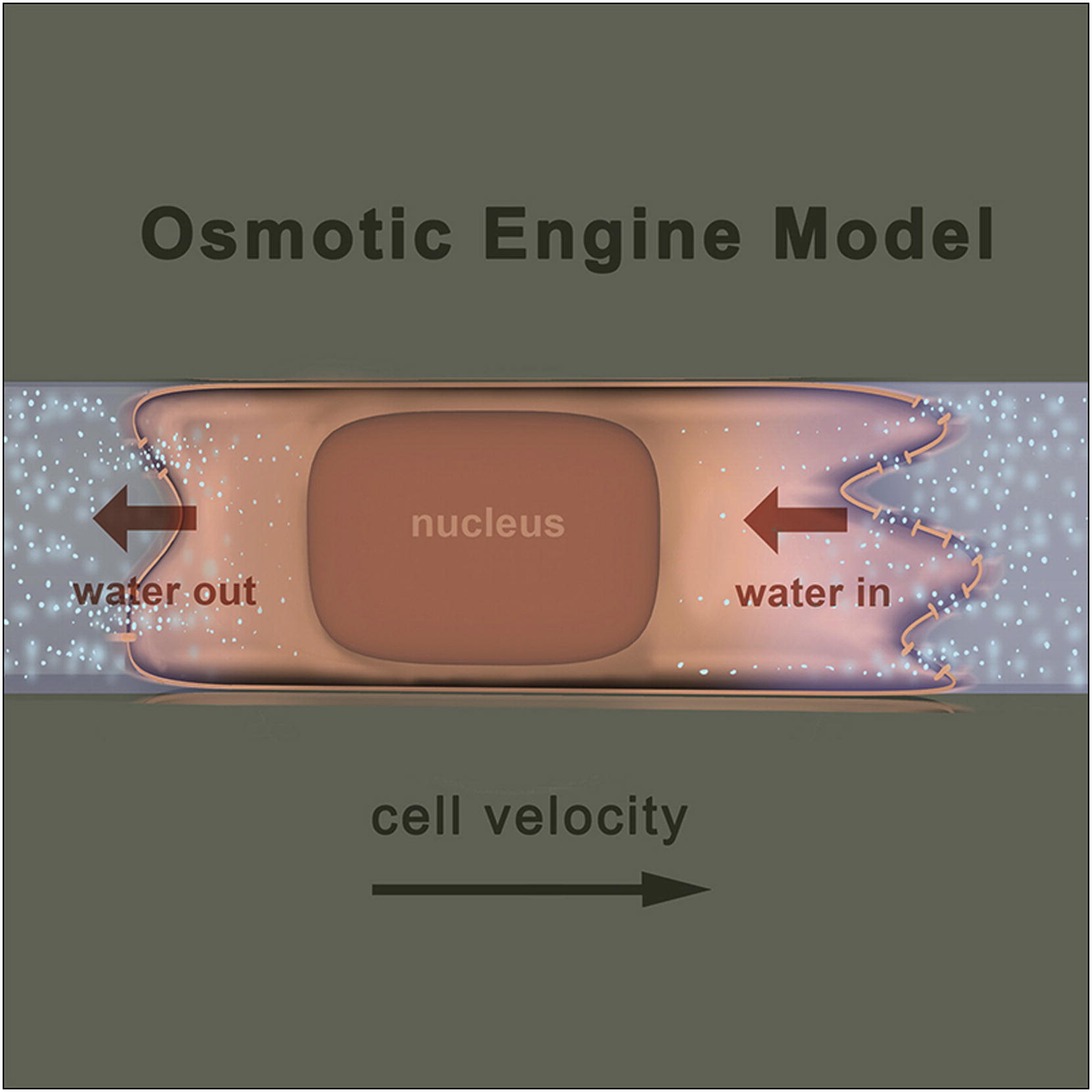When the doctor told the patient that cellular growth of his tumor was uncontrollable and it spread in the body, the cancer patient may suffer from surgery, chemotherapy and radiotherapy.
Healthy cells migrate under strict regulation and control, while the motility and migration of the cancer cells are changed. Migration of cancer cells from the primary tumor to distant organs are the most common cause of death of cancer patients.If the migration could be brought under control, the possibility to cure cancer will increase.
Most studies on cell migration is completed in a two-dimensional culture system which limits our understanding of the mechanism of cell migration. Cells in the physiological three-dimensional culture systememploy different cell migration strategies. Recently a group of scientists from Johns Hopkins University and Prof. JIANG Hongyuan from University of Science and Technology of China together identified new factors independent of actin and myosin mechanism that contribute to the migration of cancer cells.
The researchers presented an integrated experimental and theoretical approach showing that water permeation is a major mechanism of cell migration in confined microenvironments. They defined the mode of migration the “Osmotic Engine Model,” which is dependent on cell-volume regulation and the fluxes of ions and water into and out of the cell.

Graphical Abstract:Proposed Model for Tumor Cell migration./Image From the Paper
When tumor cells confined in a narrow channel, water and ions at the cell leading edge flow into the cell and result in a net outflowof water and ions at the trailing edge, leading to netcell displacement. The model indicates that the water molecules and ions transport plays an important role for cancer cell migration.
The research findings give us a deeper insight into the understanding of cancer cell migration and diffusion processes in vivo. It is of great significance and clinical value to prevent and cure cancers. The research paper entitled “Water Permeation Drives Tumor Cell Migration in Confined Microenvironments” was published in the April 24 issue of cell online.
(JI Jiaojiao, USTC News Center)